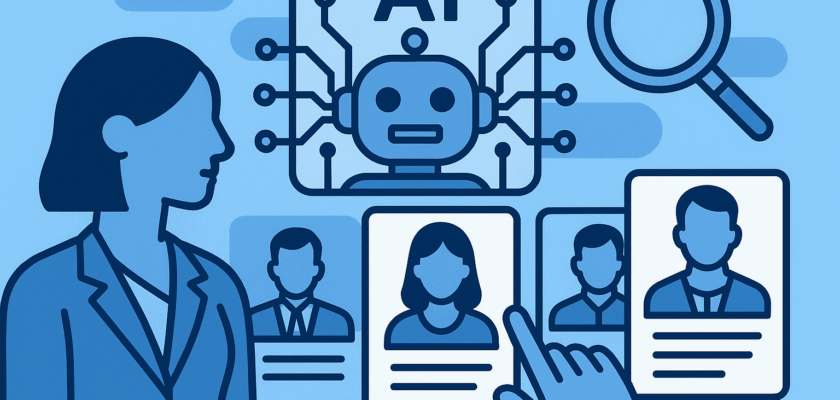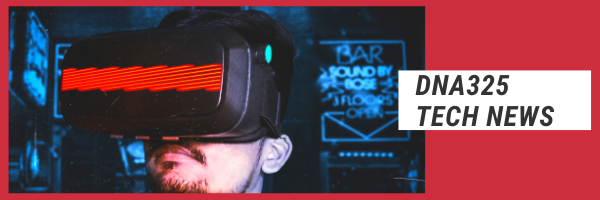The task of recruiting is a quite complicated task of finding “the one” among dozens of reviewed candidates. Realizing the complexity of the position, owners of the companies with recruiters in the state have already started looking for ways to optimize the selection of potential employees back in the 90s.
In such manner, slowly but surely, there started appearing numerous job ads websites with resume posting option, as well as professional social networks where each user must fill out a quite detailed form regarding their professional activities upon registration. Up to date, the exemplary, helpful in the hard job of IT recruiting web-resources include GitHub, Dribbble, StackOverflow, LinkedIn, etc.
What an AI-based service can offer
Modern professional personnel searching services employ the Artificial Intelligence (AI) technologies in order to filter out the unsuitable candidates. After all, human HRs often miss really worthy candidates due to the necessity to look through huge bulks of data, which then also must be collected in one place, structured, and thoroughly analyzed (informal social networks profiles, resumes, forms filled out on professional web-resources, etc.). LLM applications enable a far more efficient candidate-search workflow – among the thousands of lists it chooses only the ones whose data corresponds with the vacancy requirements the most.
The common folk can be familiar with the artificial intelligence technologies due to such assistant-apps, as Siri, Alexa, Nina, and others. The AI-based professional personnel selection services are a bit different case, however – they intellectually process colossal bulks of data (Big Data) realizing the multipurpose tasks and executing several dozens of operations each millisecond simultaneously.
Can AI threaten manpower resources usage?
The world-renowned McKinsey company tried to analyze the potential of the AI development in various business fields and assess how much the implementation of such technologies can influence the companies’ further need for manpower resources. In particular, the following aspects of such an implementation were researched:
- Time, money, and other resources required for full deployment of AI-based systems in the framework of an existing business-infrastructure (Will the server rooms with powerful and expensive servers be required? How much will AI-based software cost? Will there be a need of tech support for such software? Etc.);
- Time, money, and other resources required for implementation of the current workflow without employment of automation (How much will the workers’ labor cost? Will they be able to finish their job in time? How high is the quality of their work? Etc.);
- Potential of the company’s business activities development (Will it be possible to increase the company’s employees’ effectiveness of performance by implementing an AI-based automation? Will such innovation aid the company’s advancement towards the next level? Etc.);
- Government’s & society’s factual attitude towards the concept of AI in business (How negatively is AI’s potential perceived by society? Is there a risk of AI provoking a wave of unemployment in the country? Etc.).
The results of the research showed that in the nearest few years, the artificial intelligence will not be able to replace the human labor. The fact is that the AI focuses on minimizing routine work, significantly increasing the work’s effectiveness, and ability to provide contractors with more intellectual & interesting tasks.
What recruiter’s tasks can artificial intelligence handle?
Let’s take a standard algorithm a recruiter must follow while searching for potential candidates for an open position.
First stage – composition of precise requirements for a position’s candidate (which must be coordinated with project manager and other tops).
Second stage – the creation & publication of an attractive to potential candidates resume.
Third stage – analysis of possible candidates using the resumes posted on professional social networks and the ones posted on special job ads websites.
Fourth stage – face-to-face interview.
Fifth stage – selection of the best candidate and subsequent offer of further cooperation.
Sixth stage – integration of a fresh employee with the current company’s workflow.
Now, let’s try to evaluate the possibility of automation of each above-mentioned stage. Implementing the artificial intelligence, the most susceptible to respective transformations stages are the first, the second, and the third. Particularly, highly intelligent software solutions are able to process extensive bulks of data in short terms and with fewer errors (as compared to an ordinary human). That alone indicates the technology’s superior productivity in the discussed niche.
Particular case of AI employment in recruiting
Now then, let’s consider a particular case of the implementation of AI mechanisms in the process of candidate selection for a certain IT position.
Candidate’s professionalism assessment. Before a candidate is offered a face-to-face interview, the AI can assess their level of knowledge by analyzing their activity on GitHub, for instance (the active users get a positive rating).
Candidate’s personal qualities assessment. The AI is able to analyze candidate’s previous professional activities first-handedly, as well as inspect their social networks profiles in order to exclude the unsuitable by their human qualities candidates for a certain position.
Candidate’s potential assessment. The artificial intelligence is also capable of objective evaluation of whether the potential candidate have it in them to hold on to the certain position for a certain period of time (and, it will sort out, for instance, the candidates who oftentimes switched positions).
“Personal prejudice” factor influence grading. Many candidates complain about the fact of some recruiters’ personal enmity as to their persons. The AI excludes the possibility of prejudices that, probably, take place during some live, first-hand candidate selections.
Conclusion
Let’s summarize. As we can see, currently, the artificial intelligence is, essentially, “only” an advanced tool for handling daily routine working tasks, and not by a bit a threat to manpower resources. The AI-based software solutions, in particular, can significantly enhance the candidate selection process. Not only can they increase the effectiveness of the procedure. They can also detect uncommon relationships between the separate pieces of data regarding a certain candidate. Among such services, actively employed in the Ukrainian market of professional personnel selection, are Morbax HR, Connectifier (LinkedIn’s project), Mya, and Pymetrics & Pomello.
In turn, to date, the process of a personal interview cannot be implemented to the full extent by even the most highly intelligent machine. So, the recruiters can rest assured that they are very unlikely to be replaced by “robots” in the near future.



